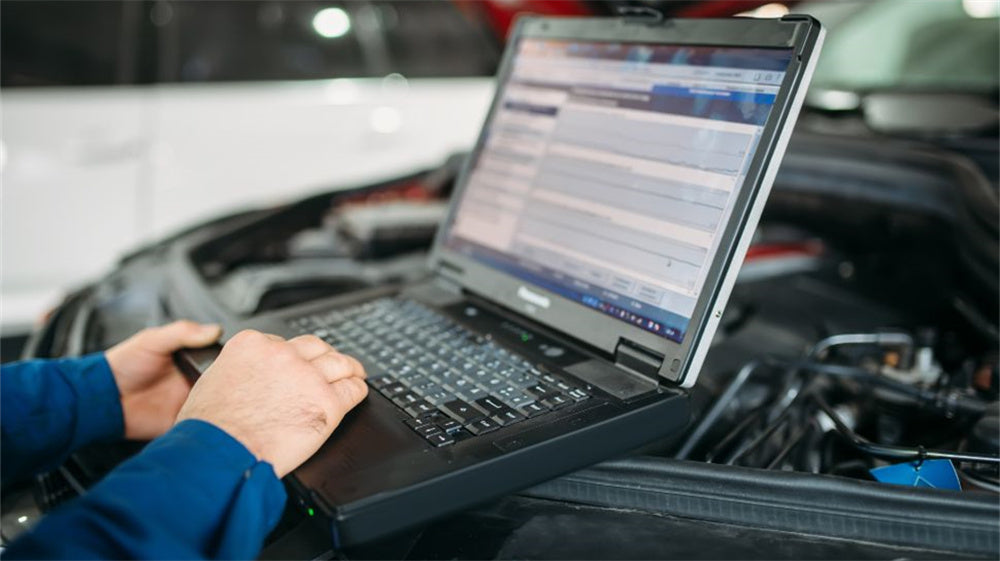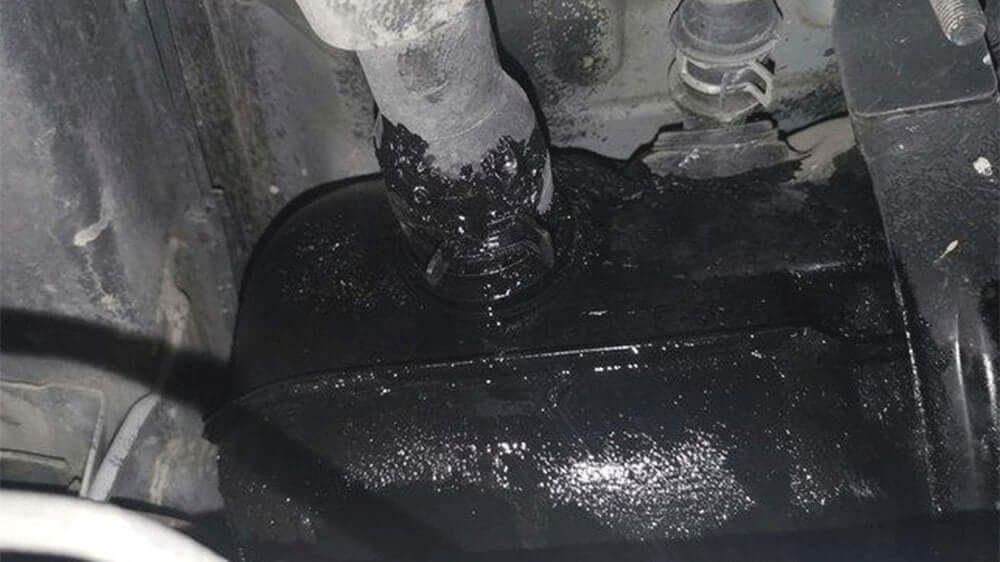
What Causes Engine Knock & How to Fix It?
Every part of engine assembly is crucial; even a small mistake can lead to rework or even scrapping of the engine! For instance, during piston installation, incorrect clearance or improper piston direction can directly lead to engine knocking issues.
What is Engine Knocking
Engine knocking refers to a condition where the piston strikes the cylinder wall, producing a distinct, rhythmic metal knocking sound (like a tapping noise) that varies with temperature. Have you considered that the engine knocking noise may not always be due to the piston itself?

Possible Causes of Engine Knocking:
1.Assembly Errors:
Installing the piston incorrectly or with improper clearance; excessive clearance due to improper machining or severe cylinder wear. Larger piston clearance at low temperatures leads to more knocking, which may decrease or disappear as the engine warms up and the piston expands.
2.Harsh Operating Conditions and Component Abnormalities:
I.Low oil pressure or incorrect oil viscosity can cause poor lubrication, leading to direct contact between the piston and cylinder wall or piston deformation due to high temperatures.
II.Deformation of the connecting rod or overly tight clearance between the connecting rod bearings or piston pin can cause knocking noises from piston-wall impacts.
3.Indirect Causes such as Unstable Combustion:
I.Rapid combustion of the fuel-air mixture can cause excessive cylinder pressure, resulting in piston skirt impacts on the cylinder wall and knocking sounds.
II.Knock phenomena result in sharp temperature and pressure increases, creating pressure waves that strike the cylinder wall.

How to Diagnose Engine Knocking:
Method 1: Place the vehicle on a level surface, warm up the engine to normal operating temperature, and then rev the engine to 2500 RPM. Release the throttle, and if a continuous tapping sound occurs when the RPM drops to 1500, it indicates knocking.
Method 2: Remove the spark plugs, add a small amount of oil to the cylinder, and restart the engine. If the noise diminishes or disappears but returns after a few minutes, it indicates knocking due to excessive piston-to-cylinder clearance.
Method 3: Use a long flathead screwdriver, place one end on the cylinder top, and listen with the other end against your ear. Continuous tapping sounds suggest knocking.
Method 4: Fix the engine RPM at the point of loudest knocking and use the method of cutting off fuel to each cylinder. If knocking significantly reduces or disappears when testing a particular cylinder, it indicates that cylinder’s piston is causing the issue.
How to fix knocking engine:
First, determine whether the knocking noise is caused by engine knock (detonation) or by a mechanical issue.

1.Ensure the fuel octane rating is correct and of high quality, check if the engine temperature is too high, and eliminate these issues through testing.
2.Verify engine timing and ensure the engine ground is normal.
3.Check for severe carbon buildup in the combustion chamber.

2.If caused by mechanical issues:
I.Disassemble the engine, remove the piston-connecting rod assembly, and measure the piston-to-cylinder and piston pin-to-piston pin hole clearances using a micrometer and bore gauge.
II.Inspect for bending or twisting of the connecting rod. If deformation is beyond limits, perform cold pressing or replace the rod. Replace the connecting rod's bronze bushings if worn beyond limits, and perform magnetic particle inspection for cracks; replace any cracked rods.
III.During assembly, check piston installation direction, especially for diesel engines with offset piston pins, to reduce knocking chances. Incorrect installation direction will inevitably lead to or worsen knocking issues.
Summary:
Proper piston installation is critical to prevent knocking issues. If knocking persists, it can be due to various factors including assembly errors, harsh operating conditions, or mechanical faults. Diagnosing and addressing the root cause involves careful inspection and correction of the involved components.















































































